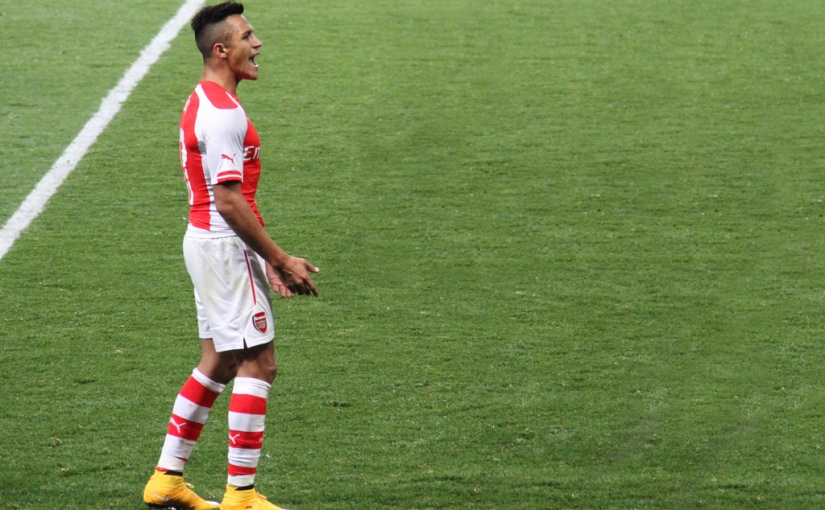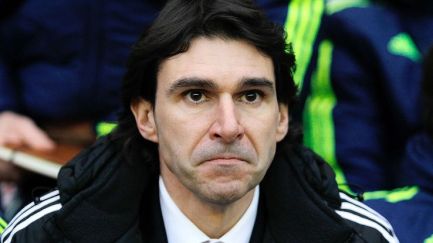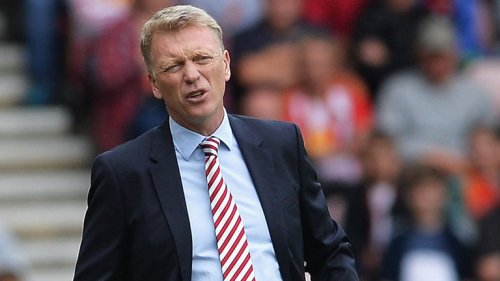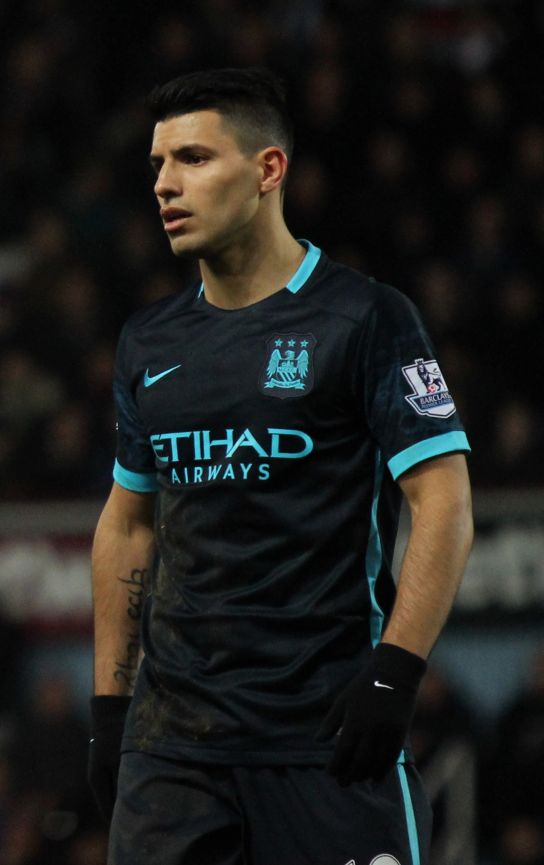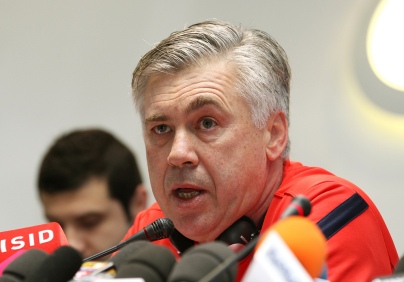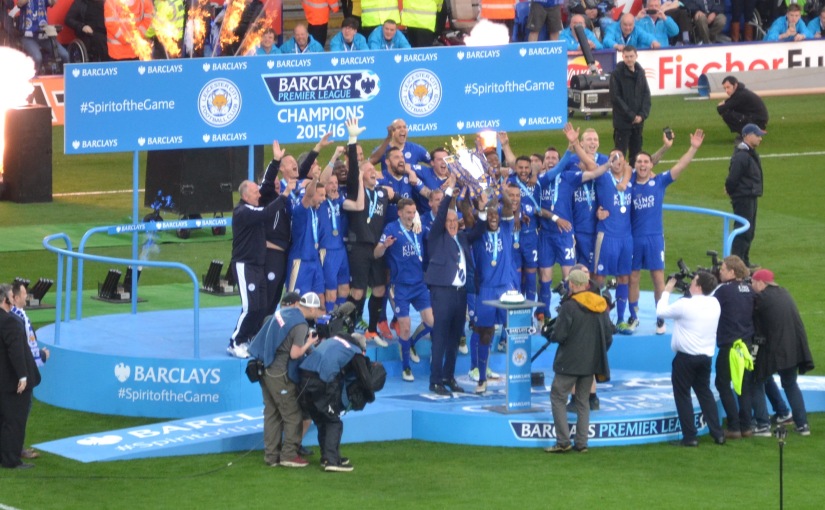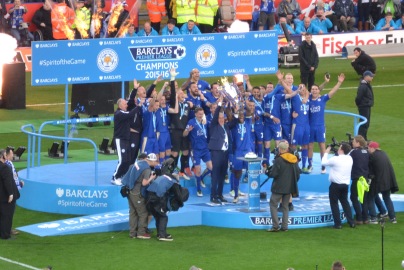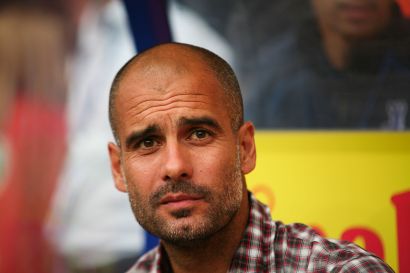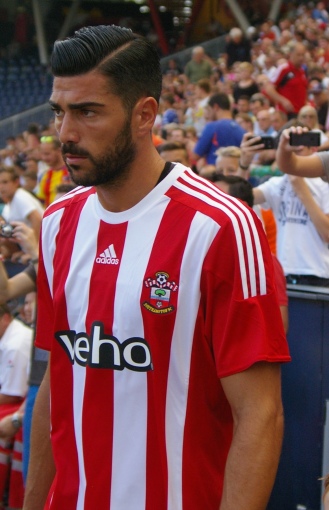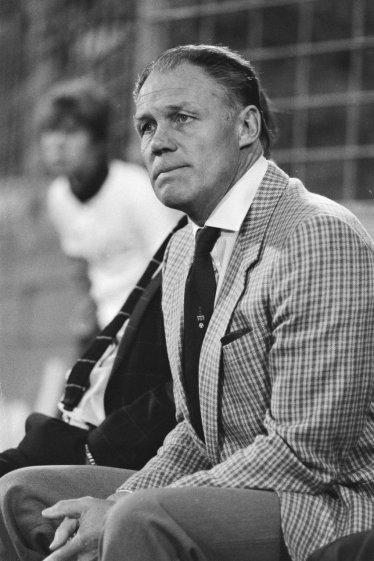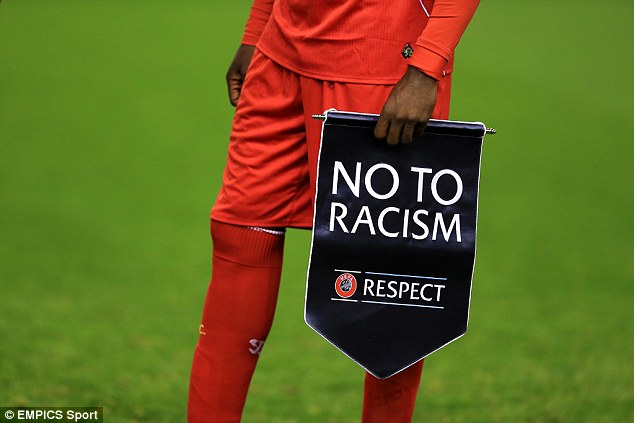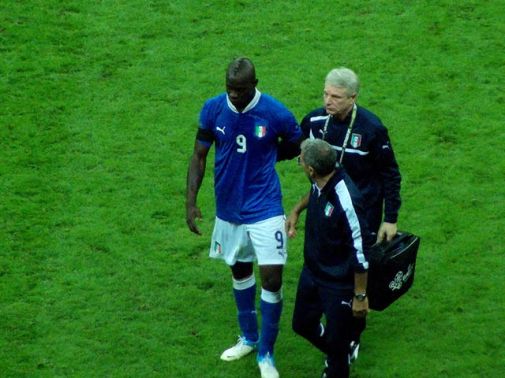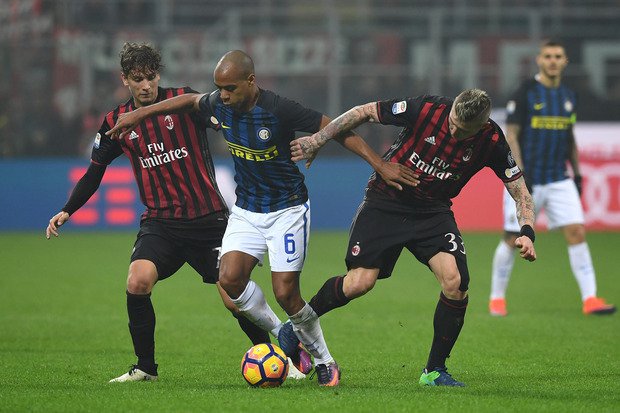On a crisp February evening, 5,000 locals packed into Sutton’s stadium to watch their team play Arsenal in the FA Cup. A team full of superstars took to the pitch to face a Sutton side which included a 20 stone, 45 year-old goalkeeper who took to devouring a pie at the 70th minute. And it was fantastic.
There was an atmosphere that would put most stadiums to shame, and the match did not disappoint. Sutton gave a good account of themselves, despite losing 2-0, even hitting the bar with a spectacular effort. The only thing better than the match, is what it represented. Only in cup competitions can a team with a wage bill of £400,000, compared to Arsenal’s £140 million, stand up to Premier League giants.
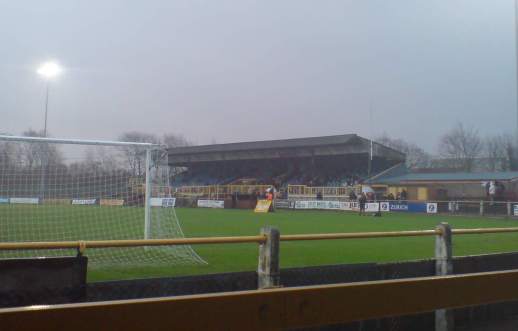
More and more each year, so called ‘big’ teams are criticised for not taking cup competitions seriously, fielding significantly weaker and younger teams. They prioritise the riches of the league over the glory of the cup. However, there is more than one way to look at this dilemma.
The upsets which make cup competitions so memorable, usually happen when a bigger team fields a weaker side, giving minnows a slightly higher chance of victory. Even this year, the likes of Liverpool have crashed out due to over-rotation of their squad. In their loss to Wolves, seven changes were made compared to their previous fixture.
This provides not only opportunity to lower league teams, but also means teams who succeed in the cup are the ones who take it seriously. Even tonight, Arsenal who have won the FA Cup twice in recent years, named a strong first-team and even brought on Alexis Sanchez late on. So next time a team does not take a cup competition seriously, don’t worry, they won’t win it anyway.
Photos licesened for reuse: Google images
